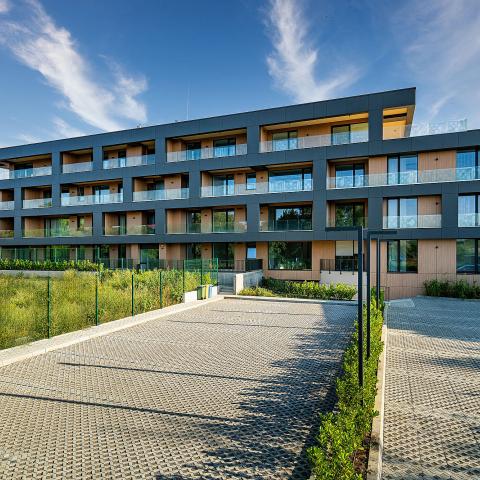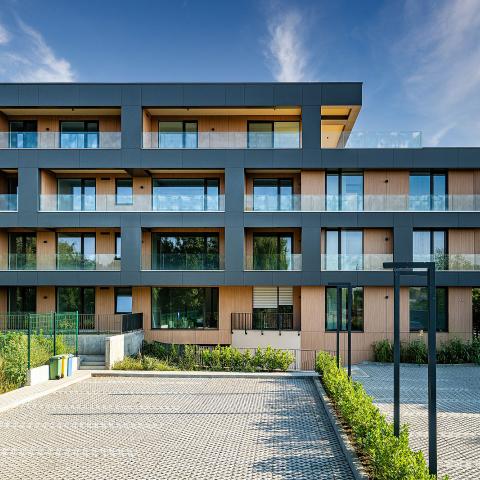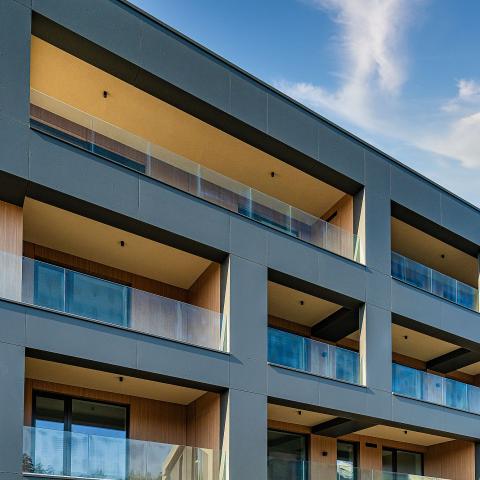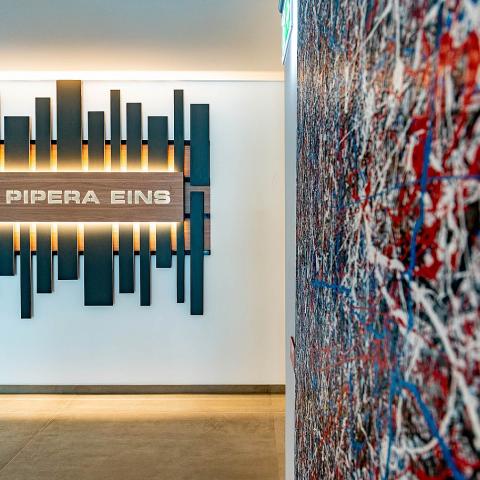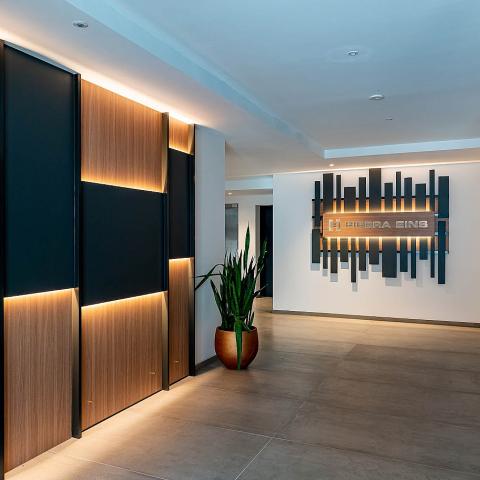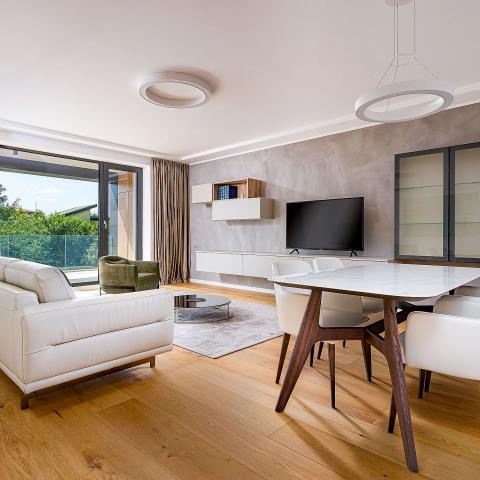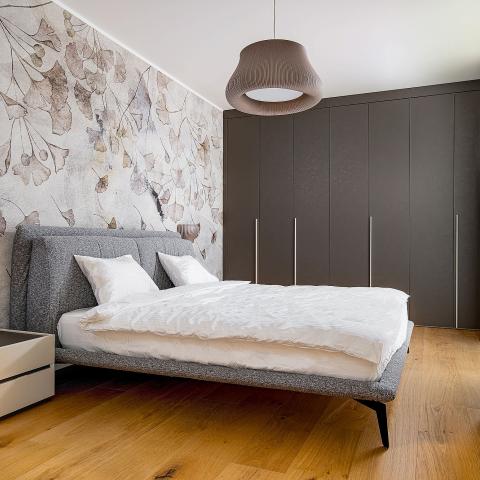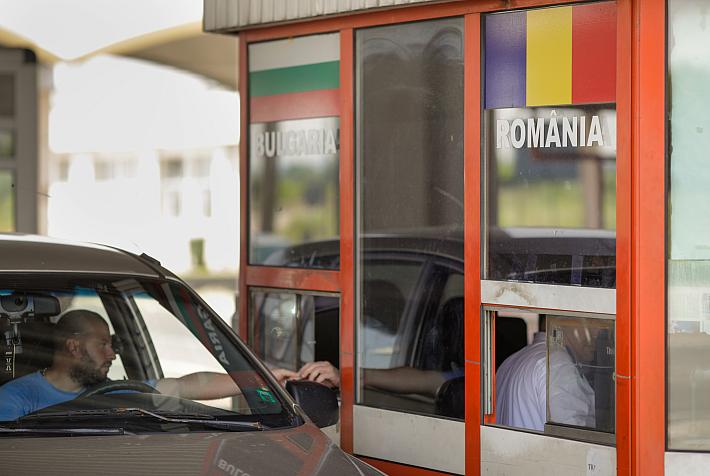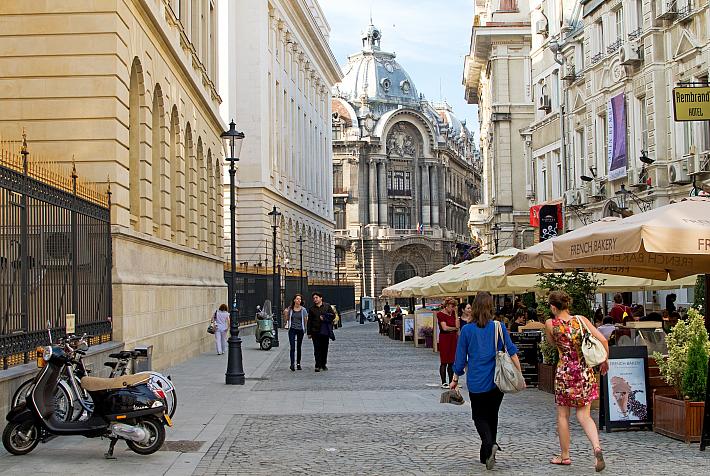Native content supported by Heberger Romania.
How the German Art of Living redefines residential development in Northern Bucharest
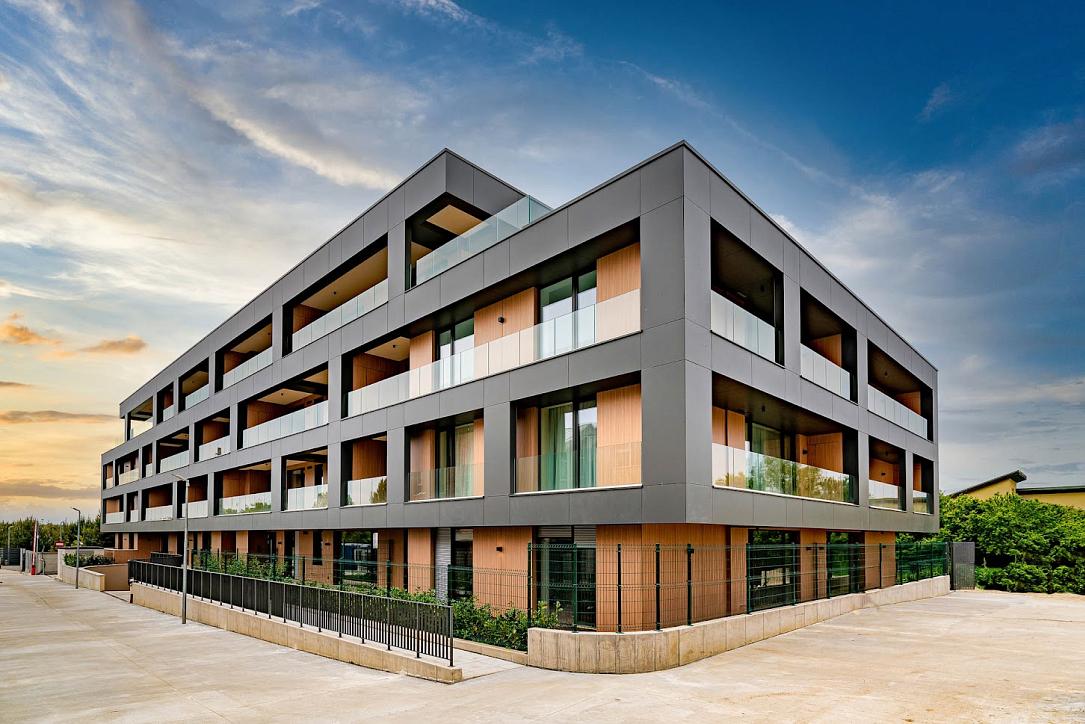
In the evolving landscape of residential living in Northern Bucharest, a unique approach inspired by the German art of living is carving out its niche, one that combines premium materials, modern design, and state-of-the-art sustainable solutions. This premium concept carries deeper implications for residents' quality of life, sustainability, and community engagement.
The German art of living is defined by features that are not just amenities but essential components of a modern, mindful lifestyle:
Premium Materials for Longevity and Aesthetics
The selection of premium materials in construction goes beyond mere luxury. It's an investment in the longevity and sustainability of the building. High-quality materials ensure durability, reducing the need for frequent repairs and replacements. This emphasis on quality aligns with the German appreciation for craftsmanship and efficiency, offering residents not just a home but a lasting sanctuary.
High Ceilings: More Than Just a Design Choice
The architectural decision to implement high ceilings, typically around 2.7 meters, has a significant impact on the psychological well-being of the residents. High ceilings are known to enhance creativity, promote a sense of freedom, and improve air quality and light distribution within the space. This openness encourages a brighter, more positive living environment, embodying the German value of Lebensraum or "living space."
Modern Architecture: A Fusion of Beauty and Practicality
The modern architecture with a ventilated façade is a testament to the blend of aesthetic appeal and functionality. The ventilated façade is not just a stylistic choice but a functional element that contributes to thermal efficiency and indoor comfort. This architectural innovation reflects a commitment to sustainable living practices, mirroring the German ethos of thoughtfulness in design and respect for the environment.
Ground-Water Heat Pump System: A Step Towards Zero-Emissions Living
The adoption of a ground-water heat pump system for heating and cooling represents a forward-thinking approach to residential living. This system's zero-emissions operation is crucial in the context of global efforts to combat climate change. For residents, it means living in a home that actively contributes to environmental sustainability, aligning with the increasing societal demand for greener living solutions, as well as lower living costs in the long term.
Boutique Apartment Living: Cultivating Exclusivity and Community
The concept of boutique apartment living offers a unique blend of privacy and exclusivity, fostering a tight-knit community atmosphere. In a city as bustling as Bucharest, the opportunity to be part of a small, select group of residents ensures a sense of belonging and mutual respect. This model encourages social interactions and relationships that might be harder to cultivate in larger, more impersonal residential complexes.
The Strategic Importance of the Location
Living in a premium area of Northern Bucharest is not merely a badge of prestige but a strategic choice for the residents' lifestyle. Proximity to premium international schools and essential services enhances the daily lives of families, making education and convenience readily accessible. The location choice underscores the importance of integrating lifestyle needs with residential living, providing a holistic approach to urban living.
In conclusion, the introduction of German-inspired living features in a residential project in Northern Bucharest reflects evolving lifestyle preferences towards sustainability, quality, and community. These features, from premium materials and high ceilings to modern architecture and eco-friendly systems, are essential for fostering a living environment that supports well-being, environmental responsibility, and a sense of belonging. Through this lens, Heberger’s Pipera Eins project is not just offering homes but is actively contributing to the shaping of future living standards in urban environments in Romania.
__
*Native content supported by Heberger Romania.







